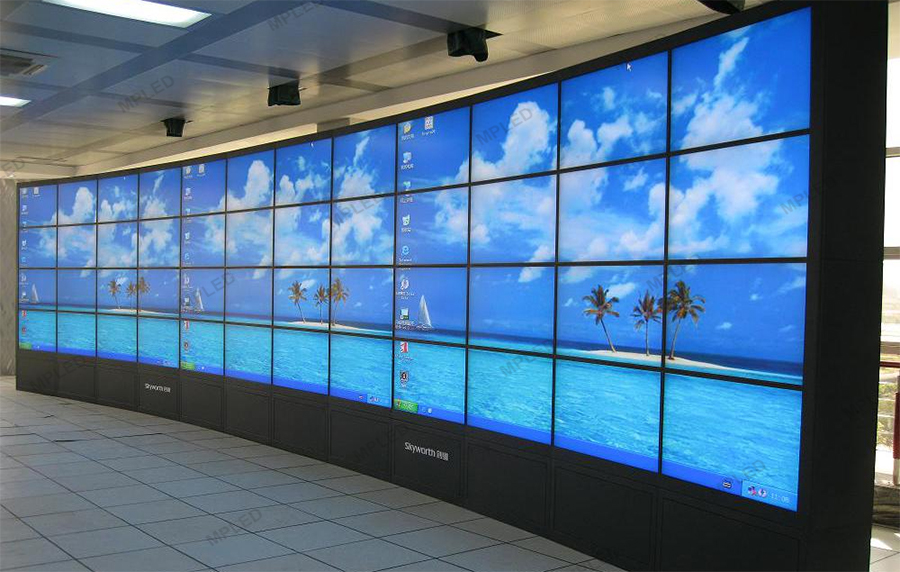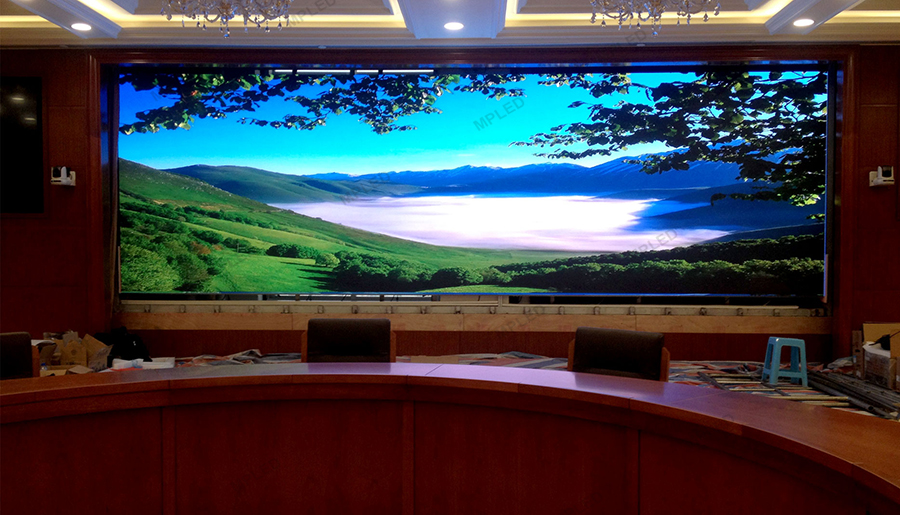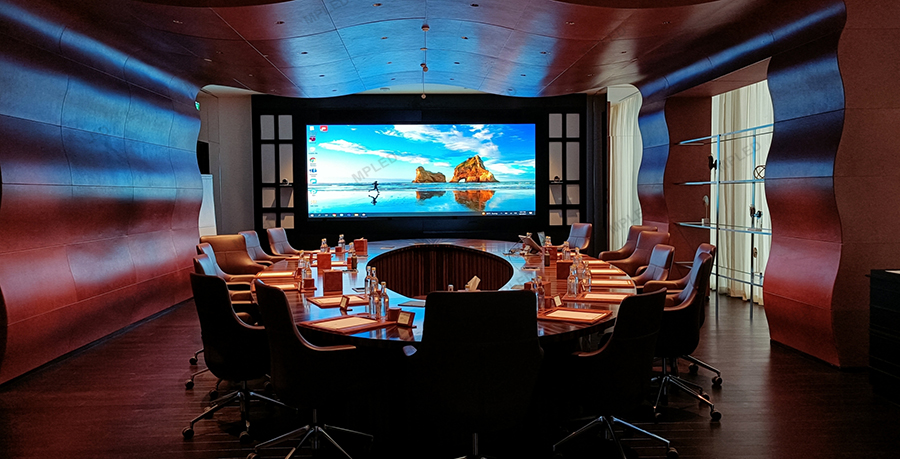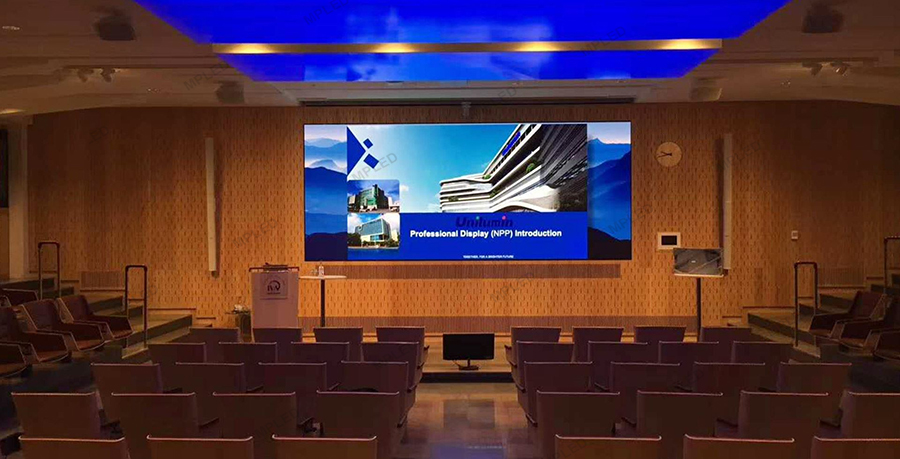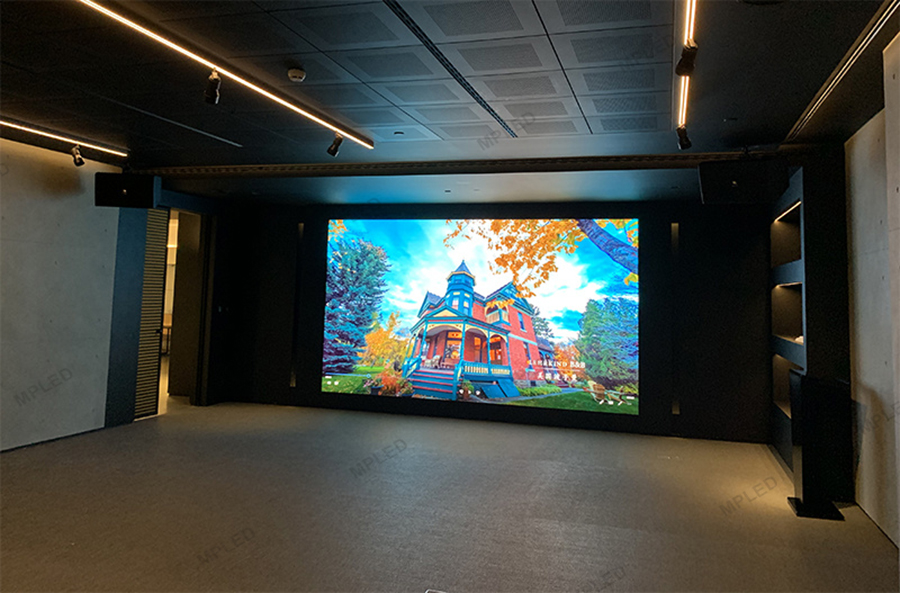01. Display effect
The final effect of the display device is the most core selection criteria, and different display technologies must have some differences in the display effect, of course, this is very abstract, specific details can refer to the following picture?
(LCD splicing screen)
(LED full-color display)
02. Display brightness
You don’t have to worry about running out of either splicing technique. On the other hand, small pitch LED electronic screens, which are known for their high brightness, face the problem of being too bright – a key marketing technology level for small pitch LED electronic screens is “low brightness”. In contrast, liquid crystal display is more appropriate in the brightness level, suitable for large screen applications. In terms of contrast, the low-pitch LED is the best, but on the demand side, the contrast of both technologies exceeds the need for real display and the resolution limit of the human eye. This makes the contrast effect of the two technologies depend more on the optimization of software than on the limit of hardware.
03. Resolution (PPT) index
Although the small spacing LED has been making breakthroughs, it still cannot compete with the LCD splicing screen. At present, the LCD screen is the only one that can achieve 2K popularization on the 55-inch unit, and the LCD screen is the only one that has hope and can popularize 4K in the future. For small spacing LED electronic screens, higher pixel density means that the difficulty of stability design shows the increase of geometric base. When the pixel spacing decreases by 50%, the backplane density has to increase by 4 times. This is why the small spacing LED has broken through the bottleneck of 1.0, 0.8 and 0.6. But it’s the 3.0/2.5 products that are really used in large numbers. Besides, it’s worth noting that the “practical value” of the pixel density advantage offered by LCD screens is not clear, since users rarely demand such high pixel density.
04. Color range
Color range is generally not the most concerned direction of splicing wall products. In addition to application scenarios such as radio and television, the splicing wall market has never been strict about the demand for color restoration range. From a comparative point of view, low-pitch leds are natural wide-gamut products. Liquid crystals depend on the light source used.
05. Color resolution index
The color resolution index is the actual viewing experience of the color range in the contrast index, which represents the final ability of the display screen to restore the color. There is no lighting method to determine this index. However, on the whole, small spacing LED is bound to be the best technology by virtue of the dual advantages of color and contrast.
06. Refresh frequency
Refresh frequency is a key indicator to effectively suppress the flicker sensation of the screen. Led screen refresh frequency is generally very high, most liquid crystal is 60-120Hz level, has exceeded the resolution limit of human eyes.
7. Point defect
Point defect refers to the probability of bad points, bright spots, dark spots and color channels of the display equipment, which can also be controlled to an excellent level of liquid crystal products, in contrast, effective control point defect is one of the main technical difficulties of LED screen, especially with the reduction of pixel spacing, control difficulty into geometric base growth.
08. Unit thickness
In terms of unit thickness, liquid crystal has an innate advantage, and has been constantly optimized and has been making progress; Although the small spacing LED display has achieved ultra broad, but the future progress of the space will not be too big.
In terms of optical pollution and visual comfort, liquid crystal mainly refers to dazzling light and high-frequency blue light, while small spacing LED is the problem of over-bright and high-frequency blue light.
09. Consumables and display core life indicators
Mainly refers to the lamp bead and the back, the led display LCD screen or the light source, to the life of the LCD this advantage is the most clear, the whole can be up to 100000 hours, led lamp bead to individual differences and the stability of the back problem determines the life of the difference between this kind of product of a single stitching body is significant, individual unit may need replacing soon.
10. Engineering heat dissipation
Engineering heat dissipation is the inevitable requirement of large size display system of long-term, stable work, in this regard, liquid crystal because of its low power consumption and low power density, more significant advantages, small spacing LED although has the characteristic of low power density, but the overall power consumption still be higher, at the same time, high heat dissipation requirements of small spacing LED products also means that the system noise is much higher.
Post time: Sep-29-2022

